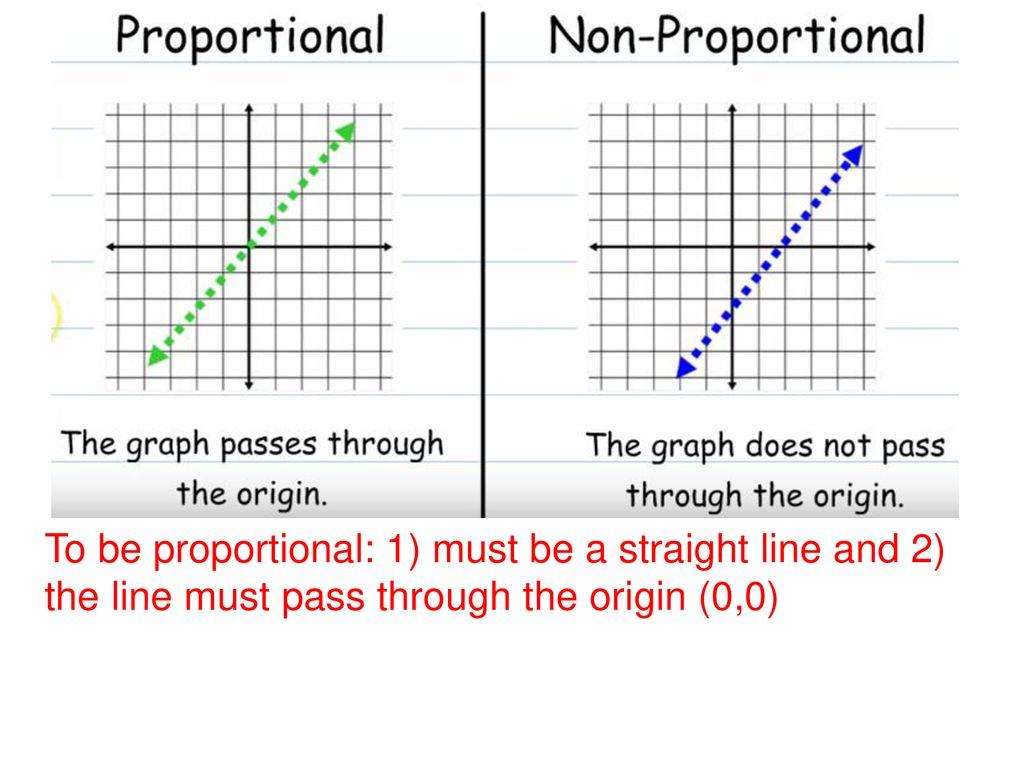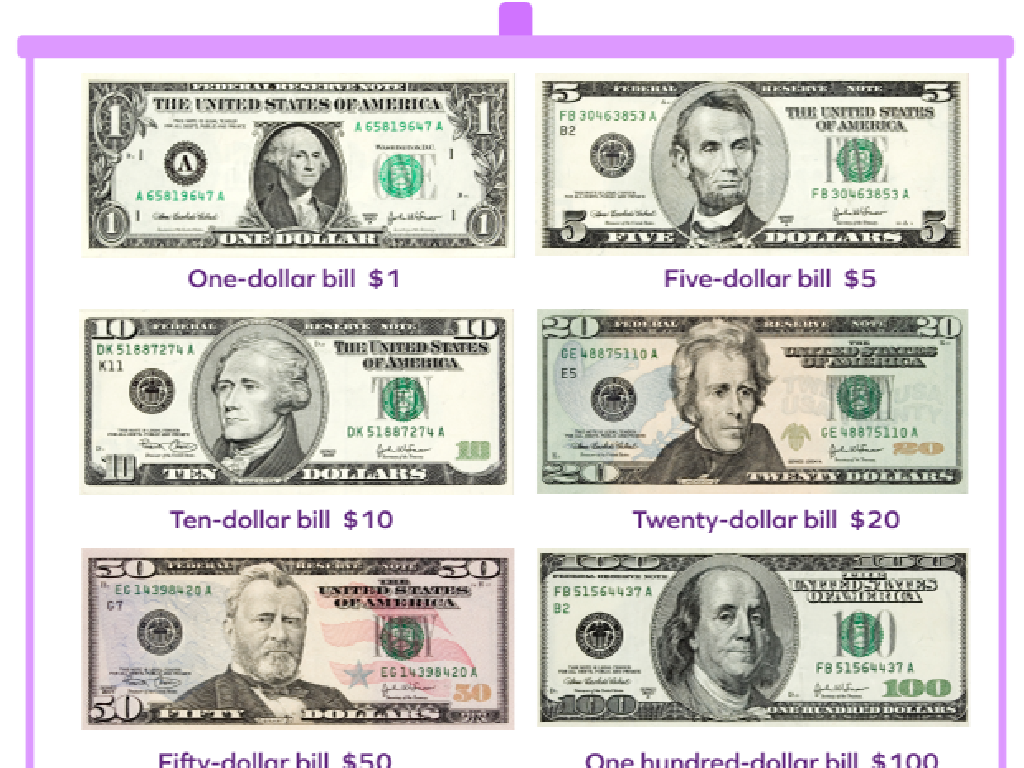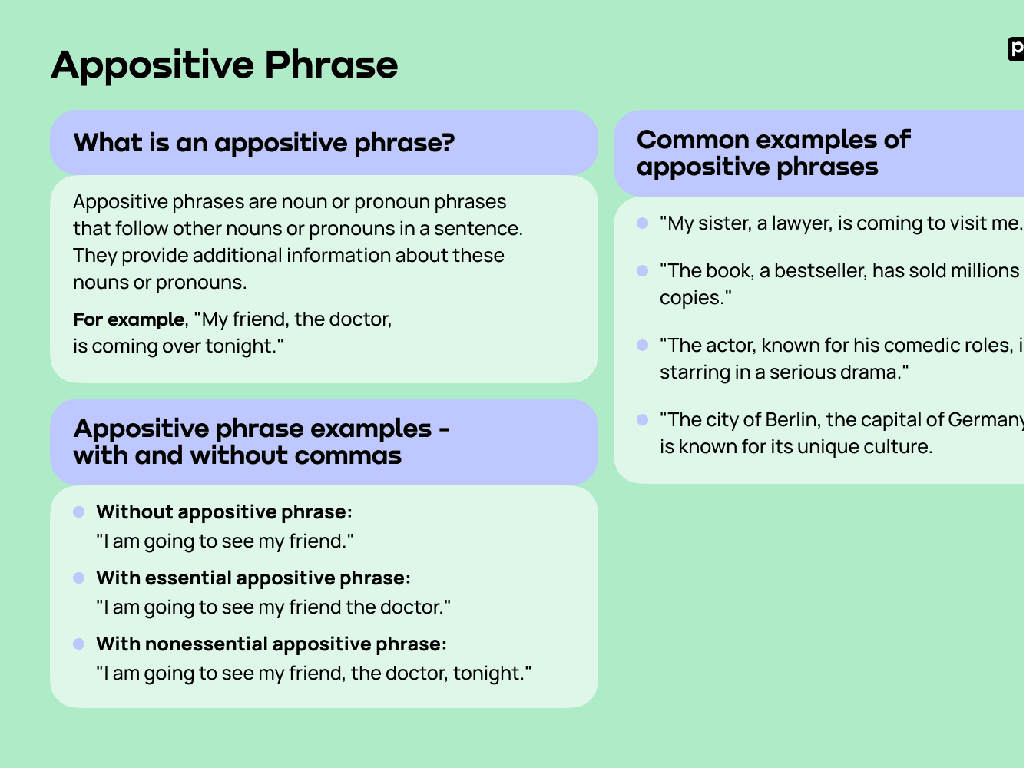Create Varied Sentences Based On Models
Subject: Language arts
Grade: Third grade
Topic: Sentence Variety
Please LOG IN to download the presentation. Access is available to registered users only.
View More Content
Welcome to Sentence Variety!
– Understanding sentences
– A sentence shares a complete thought with a subject and a verb.
– Importance of sentence variety
– Using different types keeps our writing exciting and engaging!
– Examples of varied sentences
– ‘The cat slept. The cat purred.’ vs. ‘The sleepy cat purred softly.’
– Practice creating your own
|
This slide introduces the concept of sentence variety to third-grade students. Begin by explaining what a sentence is, emphasizing the need for a subject and a verb to express a complete thought. Discuss why variety is crucial it makes stories and essays more interesting and helps to keep the reader’s attention. Use simple examples to show how combining sentences or changing the structure can make writing more engaging. Encourage students to think of sentences as building blocks that can be arranged in many creative ways. In the next activity, students will practice creating their own varied sentences based on models provided.
Building Blocks of a Sentence
– What defines a sentence?
– A sentence shares an idea, question, or command.
– Sentence must have a subject
– The subject is who or what the sentence is about.
– Sentence must have a verb
– The verb tells what the subject does or is.
– Sentences express complete thoughts
– Like telling a mini story or fact!
|
This slide introduces the basic components of a sentence to help students understand how to create varied sentences. Start by explaining that a sentence is a group of words that expresses a complete thought. It must have a subject, which is the person, place, thing, or idea that the sentence is about, and a verb, which describes the action or state of being of the subject. Use simple examples to illustrate these points, such as ‘The dog (subject) barks (verb).’ Then, have students practice identifying the subject and verb in example sentences. This activity will prepare them for creating their own sentences and understanding sentence variety.
Exploring Types of Sentences
– Learn four sentence types
– Declarative states a fact, Interrogative asks a question, Imperative gives a command, Exclamatory shows strong feeling!
– Each type has a purpose
– Declarative: ‘The sky is blue.’, Interrogative: ‘What is your name?’, Imperative: ‘Please sit down.’, Exclamatory: ‘Wow, that’s amazing!’
– See examples of each type
– Practice creating our own
|
This slide introduces students to the four types of sentences, which are foundational for understanding sentence variety. Declarative sentences make statements, interrogative sentences ask questions, imperative sentences give commands or make requests, and exclamatory sentences express strong emotions. Provide clear examples for each type and explain their unique purposes. Encourage students to think of their own examples and to practice writing sentences of each type. This activity will help them recognize and use different sentence structures in their writing, enhancing their communication skills.
Spicing Up Our Sentences
– Start sentences differently
– Example: Begin with an adverb
– ‘Quickly, the boy ran to the store.’ shows action right away
– Practice varied sentence beginnings
– We’ll write sentences with new starts
– Make writing more exciting
|
This slide introduces the concept of sentence variety, which is crucial for making students’ writing more engaging and dynamic. Emphasize the importance of not always starting sentences the same way, such as with the subject. Show the example provided and explain how starting with an adverb ‘quickly’ adds interest to the sentence. For the class activity, have students come up with their own sentences, starting with different words like a verb, an adjective, or a preposition. Encourage creativity and provide guidance to ensure they understand how to vary sentence structure. This exercise will help them recognize patterns in their writing and explore new ways to express their ideas.
Combining Sentences for Variety
– Combine simple sentences
– Make sentences interesting
– Example: Merging two sentences
– ‘The girl sang. She sang loudly.’ becomes ‘The girl sang loudly.’
– Practice time: Let’s combine!
– ‘The cat sat. The cat was on the mat.’ How can we combine this?
|
This slide introduces the concept of sentence combining to create more interesting and varied sentences. Start by explaining that short, simple sentences can be combined to make longer ones, which makes our writing more engaging. Use the provided example to illustrate how two sentences about the same subject can be merged into one. For the class activity, encourage students to practice this skill by combining the given sentences into one. Possible combinations for the practice sentence could be: ‘The cat sat on the mat.’, ‘On the mat, the cat sat.’, or ‘The cat was sitting on the mat.’ Guide the students through the activity, and ensure they understand that combining sentences is a way to add variety to their writing.
Using Descriptive Words
– Adjectives and adverbs enhance sentences
– They describe nouns and actions, making sentences interesting.
– Example: The small, fluffy cat slept quietly
– ‘Small’ and ‘fluffy’ describe the cat, ‘quietly’ describes sleeping.
– Your turn to add sparkle to sentences!
– Try adding descriptive words to a simple sentence like ‘The cat slept.’
|
This slide is aimed at teaching students how to use adjectives and adverbs to make their sentences more interesting and vivid. Start by explaining that adjectives describe nouns (things, people, places) and adverbs describe verbs (actions), adjectives, or other adverbs. Use the example provided to show how these descriptive words add detail and paint a clearer picture in the reader’s mind. For the activity, encourage students to think of different adjectives and adverbs they can use to add detail to the sentences provided. You can suggest starting with colors, sizes, shapes, and emotions for adjectives, and words that end in ‘-ly’ for adverbs. Have a few students share their enhanced sentences with the class to demonstrate the variety of ways to make sentences sparkle.
Sentence Variety in Stories
– Authors mix sentence types
– Read a book passage together
– Look for short, long, and medium sentences
– Notice different sentence structures
– Find questions, statements, exclamations
– Discuss: Why variety improves stories
|
This slide aims to teach students how authors use a mix of sentence types to make their stories more engaging. Start by explaining that sentence variety can include different lengths and types of sentences, such as questions, statements, or exclamations. Read a passage from a children’s book aloud and have the students listen for and identify the different types of sentences used. After reading, lead a discussion on how the variety of sentences makes the story more interesting, asking students for their opinions and what they noticed. Encourage them to think about how they might use sentence variety in their own writing to make it more lively and engaging.
Class Activity: Sentence Crafting
– Become an author: write a story
– Use a mix of sentence starters
– Start with ‘One day’, ‘Suddenly’ or ‘Long ago’
– Combine sentences for flow
– Like ‘The cat slept. It was raining.’ to ‘The cat slept through the rainy afternoon.’
– Add descriptive words for detail
– Words like ‘sparkling’, ‘whispering’, ‘gigantic’
|
This activity is designed to encourage creativity and understanding of sentence structure. Students will practice writing their own stories, focusing on starting sentences in different ways to avoid repetition and make their writing more interesting. They will also learn to combine simple sentences into more complex ones, which can make their writing more engaging. Adding descriptive words helps to paint a vivid picture in the reader’s mind, enhancing the storytelling. Provide examples for each point and encourage students to think outside the box. Possible activities: 1) Write a story about a day at the zoo. 2) Describe a magical adventure in a forest. 3) Tell a tale of a lost puppy finding its way home. 4) Create a story about a day at the beach. 5) Imagine a journey on a spaceship.
Sharing Our Stories
– Share your stories with the class
– Listen for sentence variety
– Notice how classmates mix short and long sentences
– Think about what you liked
– Did a sentence make you smile or get excited?
– Discuss the use of different sentences
– How did different sentences make the story interesting?
|
This slide is for a class activity where students will share the stories they’ve written with their classmates. The focus is on listening to the variety of sentences used by their peers. Encourage students to pay attention to how their classmates use different types of sentences to make their stories more engaging. Ask them to think about what they enjoyed in the stories and how the use of varied sentences contributed to that enjoyment. After sharing, facilitate a discussion where students can talk about their observations and what they learned about sentence variety. This activity will help them understand the importance of using a mix of sentence structures to make their writing more interesting.
Sentence Variety: Review and Practice
– Review sentence variety concepts
– Practice with different structures
– Try using questions, exclamations, or commands!
– Homework: Write a varied paragraph
– Include at least 5 varied sentences in your paragraph.
– Aim for 5 types of sentences
– Use declarative, interrogative, imperative, exclamatory.
|
This slide is meant to recap the lesson on sentence variety and to encourage students to apply what they’ve learned by practicing different sentence structures. The homework assignment is designed to reinforce their understanding by having them write a paragraph that includes a mix of declarative, interrogative, imperative, and exclamatory sentences. As a teacher, you can provide examples of each sentence type and remind students to use what they’ve learned about sentence variety to make their writing more interesting. During the next class, review the homework together and discuss the different sentence types used by the students in their paragraphs.






